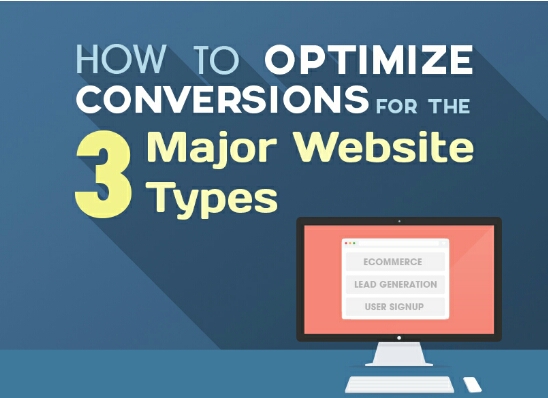Mobile Development Versus Mobile Compatibility: Should Your App Mimic Your Website?
The mobile world is a rapidly expanding environment, so your website needs to provide a good experience for your mobile visitors. This raises the all-important question: should your mobile site be an adaptive design to mimic your normal site, a separate mobile site with limited functionality, or a more tightly-controlled mobile app to be downloaded and installed on a mobile device? For most companies, a mobile-compatible or adaptive design running form the primary web site is probably sufficient. However, if your site is very interactive, or you anticipate a sizable percentage of your audience will be using your site from mobile devices, you should definitely consider investing in a separate site or mobile app for your users to provide them with the best possible user experience.
Here are three examples of sites that I frequently visit, and how each of their companies have addressed the mobile question:
ESPN.com
- ESPN has developed a simplified version of their main website that allows users to quickly access the main site’s most popular content. The layout of the mobile site is different, and some of the functionality, such as the game-casts, behaves differently. For the most part, however, the mobile site is very similar to the primary site.
- I visited the non-mobile version of the website from my phone, and while it’s still usable, it’s fairly cumbersome to use. I constantly had to zoom in and out or scroll left and right just to find the data that I was looking for. I eventually switched over to the mobile site, but was disappointed that this wasn’t done automatically, at least suggested, when accessing the full-version of the site from a mobile device.
- Mobile site screenshot:

Facebook.com
- This mobile site is similar to the main site. All of the functionality is still in place, and the most important feature for users (the news feed) remains primary display. Other functionality, such as access to friends, photos, and other functionality requires navigation to additional screens not present in the main site. Other functionality such as apps and chat services are missing from the mobile experience completely.
- Mobile site screenshot:
Pizza Hut
- Pizza Hut has created a downloadable app to control the store-finder, contact, and online-ordering functionality. The application is limited with respects to other functionality from the main site, such as news articles and other content.
- When ordering a pizza, the user flow has been modified slightly in the interest of mobile-friendliness. Where the website manages to fit the entire process into a single, one-step screen, the mobile version uses a more touch-friendly interface on multiple screens.
- Pizza Hut mobile app screenshots:
In summary, if you are anticipating or wish to encourage your users to access your business from their mobile device on a regular basis, I recommend that you have a separate mobile application. If your site does not have a great degree of interactivity, or mobile traffic is not a primary part of your business model, it is usually sufficient to simply make sure your existing site is mobile-friendly.












